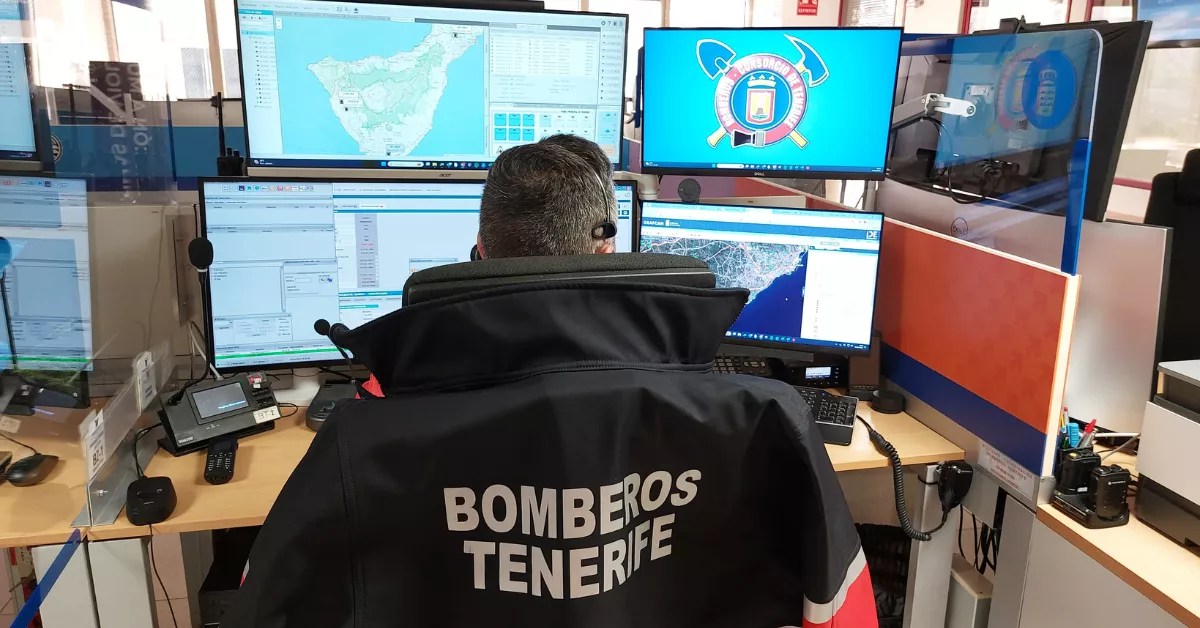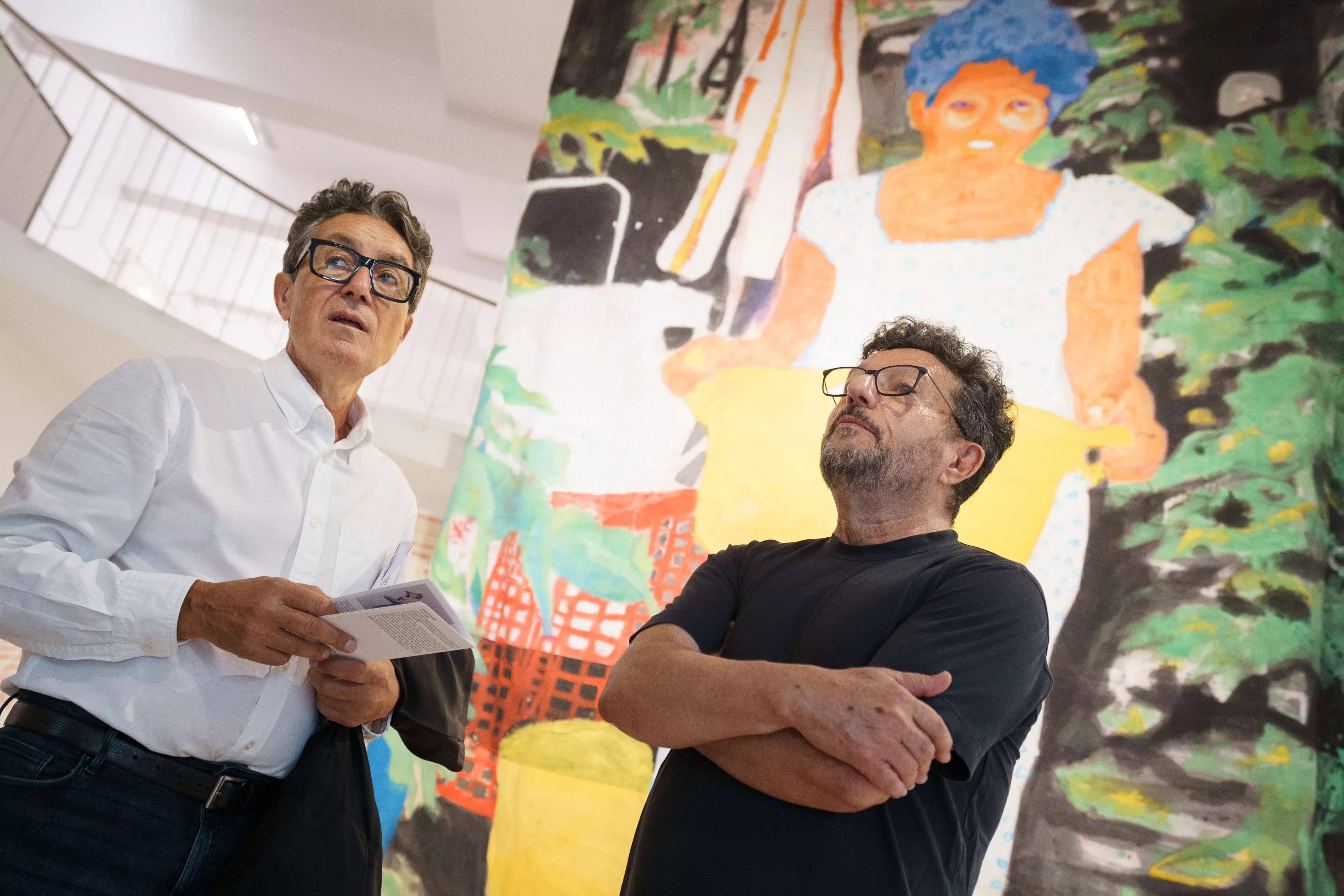The dean of the College, Emilio Gómez de Azpeitia, briefly details the progress of these conclusions and explains that the Port of Santa Cruz de Tenerife cannot be among the alternatives that are considered in the face of the saturation problem suffered by the port area and the town of Los Cristianos (Arona). The reason is the organization of the routes by the shipping companies, whose trips link several of the Green Islands with Tenerife. “The Port of Santa Cruz could only be an option from La Palma, which would require an exclusive route.” Therefore, “it is not competitive.”
More objections put the study of the Official College of Engineers of Roads, Canals and Ports to the use of the Port of Granadilla as an alternative to the construction of the Fonsalía project. One of the drawbacks detected is that Increase the duration of the trip by 30 minutes the trip from La Palma, La Gomera or El Hierro. Another difficulty is that this half hour would be used in an «uncomfortable journey» for the user, since the journey from Punta de Rasca (Arona) to the Granadilla dock «does not meet the best conditions for sailing». A third aspect, which also has environmental connotations, is explained with a piece of information: “The sum of that half hour by the frequencies that are currently carried out with Los Cristianos is equivalent to several trips to the Earth, with all that it entails.”
The shortest distance
The success of maritime connections in the Canary Islands lies “in that they link the closest points of the Islands with the shortest possible routes”. Examples: Fuerteventura-Lanzarote, Gran Canaria-Fuerteventura and Tenerife-Gran Canaria through Agaete. With this argument, Fonsalía is the closest for traffic between the Western Islands “And it would generate some savings compared to Los Cristianos,” explains Gómez de Azpeitia.
From the Official College of Engineers of Roads, Canals and Ports it is valued that “they are the two options to consider for economy, environment, carbon footprint and affections to the marine environment, too.”
“Free access to the Port of Los Cristianos requires concessions in the urban fabric”
The study agrees that access to the town and that the port “has become too small” are the serious problems that affect Los Cristianos. But the solution is complex. For example, the embarkation and disembarkation area, as well as the berthing, are insufficient. “The ships that dock today are greater in length than the length of each port alignment and greater beam than the docking area.” As a result, there are “complications in ship operations”. The solution is to expand a port included in the Teno-Rasca Special Conservation Zone (ZEC), which involves complex environmental procedures.
Los Cristianos makes it difficult
Access also has a “very complicated” solution because of the urban consolidation of Los Cristianos. In the case of the underground route that is proposed to connect the mill with the highway, the dean assures that “it can be done, but it is expensive.” Taking into account that the port traffic generated by the port at rush hour represents between 15% and 20% of that circulating through the town, and that will increase with the development of the partial plan El Mojón, Gómez Azpeitia warns of the complexity of “making urban traffic compatible with the entrance and exit to the highway.” Therefore, to build “free access” to the Port of Los Cristianos it is necessary to “make concessions in the urban fabric.”
At this point in the analysis, Fonsalía appears, also in the area of the Teno-Rasca Special Conservation Zone, but with the strip chosen to locate the port free of such protection. The expiration of the Environmental Impact Statement “is the biggest problem.” However, according to the study by the Official College of Civil Engineers of Roads, Canals and Ports, in its favor, “the trajectory affects less the ZEC and the cetaceans because it is more perpendicular, which means that the distance they have to travel the ships within the ZEC are less ».
Only for passengers and goods
Emilio Gómez de Azpeitia defines the known project as “top-of-the-line”, by including all uses: cruise ships – “it doesn’t make sense, because with Santa Cruz there is enough to meet the demand” -, fishing – “it doesn’t seem reasonable to locate it in a new port when they are in the traditional ones »- and sports -« Los Cristianos can be reconfigured for it »-. The College’s commitment, “Fonsalía should only be used to transport passengers and goods with La Gomera, La Palma and El Hierro.”
But this solution would not materialize before 10 years, so the Port of Los Cristianos must continue to be the maritime connection between the Western Islands in a decade, at least. But the problem will not only persist, but will “become more pronounced,” argues Emilio Gómez de Azpeitia, who states that this will be the case because “we do not have the project to solve access or to expand the port.”
The alternatives, to the Plenary of the Cabildo
At 10:00 am today, the Cabildo will hold an extraordinary plenary session with the appearance of its president, Pedro Martín, at his own request. The objective is to account for the agreement reached by the island government with the Ministry of Public Works, Transport and Housing of the Government of the Canary Islands to study alternatives that improve the maritime connections of Tenerife with La Palma, La Gomera and El Hierro. The document, released on the 11th, establishes the drafting of a study that assesses the alternative of doing nothing and maintaining the current situation, building the Port of Fonsalía project, improving the conditions of the Port of Los Cristianos and its connection. with the highway or move your traffic to the docks of Granadilla and / or Santa Cruz.
















